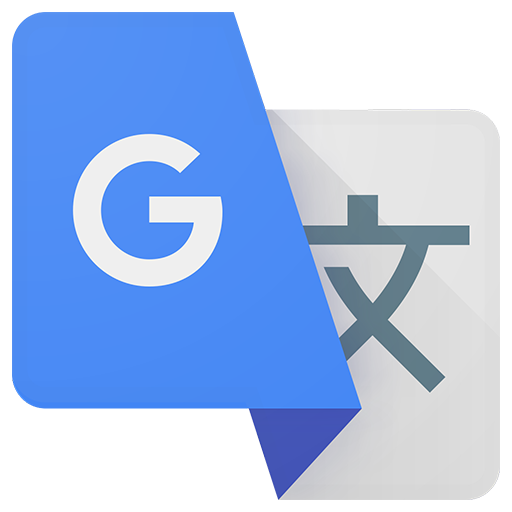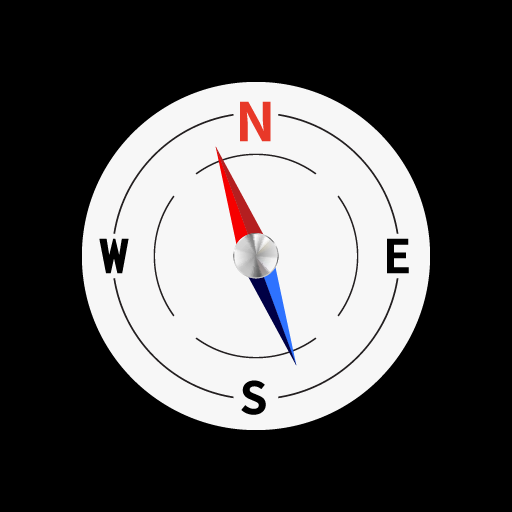The world is closer than ever with over 100 languages

| Name | Google Translate |
|---|---|
| Publisher | Google LLC |
| Genre | Tools |
| Version | |
| Update | February 15, 2025 |
| Get it On | Play Store |
| Report | Report Apps |
Preview
Google Translate: Revolutionizing Global Communication
Global communication has transformed dramatically in the digital age, and Google Translate has been at the forefront of this evolution. From facilitating cross-cultural conversations to breaking language barriers in businesses, travel, and education, Google Translate serves as a powerful tool for bridging linguistic divides. But how does it work, and how can users maximize its potential?
This comprehensive guide explores Google Translate’s history, functionality, advancements, use cases, and its role in shaping the future of translation technology.
A Brief History and the Importance of Google Translate
When Google Translate launched in 2006, it offered translations for just two languages. Fast forward to today, it supports 108 languages and boasts features that enable seamless communication for millions of users worldwide. Its importance cannot be overstated—whether it’s helping travelers translate road signs abroad or aiding businesses with multilingual client interactions, Google Translate equips users with the tools to communicate effectively in an increasingly globalized world.
From text-based translations to photo recognition and real-time voice transcription, Google Translate has evolved into much more than just a word-for-word translation tool.
How Google Translate Works
At its core, Google Translate operates through machine learning and neural networks. Specifically, it leverages Neural Machine Translation (NMT), a technology that enables more accurate and natural translations by considering entire sentences and contexts rather than isolated words.
This advanced methodology enhances translation fluency, enables nuanced understanding, and minimizes common errors associated with word-for-word translations. With continuous updates and improvements, Google Translate grows smarter with each use, refining its models based on user feedback and data.
The Evolution of Google Translate
Major Updates and Key Features
Google Translate hasn’t just increased the number of supported languages over the years—it has also introduced innovative features to make translations more dynamic and accessible. Highlighted below are its standout functionalities:
- Text Translation: Translate between 108 languages by typing.
- Tap to Translate: Copy text in any app and instantly translate it across all supported languages.
- Offline Support: Access translations without an internet connection in 59 languages.
- Instant Camera Translation: Point your camera at text and translate instantly in 94 languages.
- Photo Import for Accurate Translations: Take and upload photos for high-quality image translations in 90 languages.
- Bilingual Conversations: Real-time translation for bilingual spoken interactions in 70 languages.
- Handwriting Support: Draw text characters for translations in 96 languages.
- Phrasebook: Save key phrases and expressions for future reference, synced across devices.
- Near Real-time Transcription: Continuously translate spoken language in near real-time for 8 supported languages.
These features showcase Google Translate’s commitment to inclusivity and accessibility, catering to a diverse global audience.
The Pros and Cons of Using Google Translate
Pros of Google Translate
- Ease of Use: Its simple interface makes it accessible to users of all tech expertise levels.
- Versatility: From translating road signs to facilitating real-time conversations, it covers countless use cases.
- Broad Language Support: Google Translate covers a vast array of languages, ensuring inclusivity across cultures.
Cons of Google Translate
- Accuracy Limitations: While NMT offers better context-based translations, it’s not perfect and may struggle with idiomatic expressions or highly technical language.
- Privacy Concerns: Uploading sensitive text or audio data for translation poses potential privacy risks.
- Dependency on Internet for Certain Features: While offline translation is available, not all features, such as real-time conversation, function without internet access.
Real-World Applications of Google Translate
1. Business
Google Translate streamlines communication between international teams, enabling businesses to connect with global customers, translate marketing materials, and foster collaboration with multilingual partners.
2. Education
Educators and students use Google Translate to access diverse resources and expand learning opportunities, particularly in areas where language barriers might limit access.
3. Travel
Travelers benefit immensely from features like instant camera translation and offline mode, simplifying everything from navigating unfamiliar destinations to ordering in local restaurants.
Whether it’s conducting bilingual meetings or deciphering foreign airport signs, the usability of Google Translate spans nearly every industry and personal scenario.
Tips for Maximizing Google Translate
To get the best possible outcomes, here are some tips for accuracy and effective usage:
- Use Simple Sentences: Break complex sentences into smaller parts to improve accuracy.
- Check Context: Compare longer phrases instead of translating word by word for more coherent results.
- Refine Your Input: Double-check spelling, as typos can drastically affect translation accuracy.
- Leverage the Phrasebook: Save commonly used terms or sentences for instant access during future trips or conversations.
- Experiment with Voice and Photo Features: These are particularly effective in real-world situations like travel or face-to-face communication.
The Future of Translation Technology
The future of Google Translate lies in:
- Enhanced AI Models: Expect even more nuanced understanding of context and complex linguistic structures.
- Improved Live Translation: Real-time transcription and conversation tools will eliminate language barriers in various professional and social settings.
- Greater Accessibility Features: More offline functionality and user-friendly updates for regions with limited internet connectivity.
These developments aim to make translations more seamless, accurate, and tailored to individual users’ needs.
Breaking Barriers with Google Translate
Google Translate plays a pivotal role in fostering global communication, breaking down obstacles in language, and promoting inclusivity across cultures, industries, and communities. Its ease of use and wide-ranging features make it an indispensable tool for businesses, educators, travelers, and individuals alike.
Want to share your experience with Google Translate or discover more about how to maximize its features? Join the conversation and tell us how it’s helped you connect across languages.
Download Google Translate
You are now ready to download Google Translate for free. Here are some notes:
- Please check our installation guide.
- To check the CPU and GPU of Android device, please use CPU-Z app










